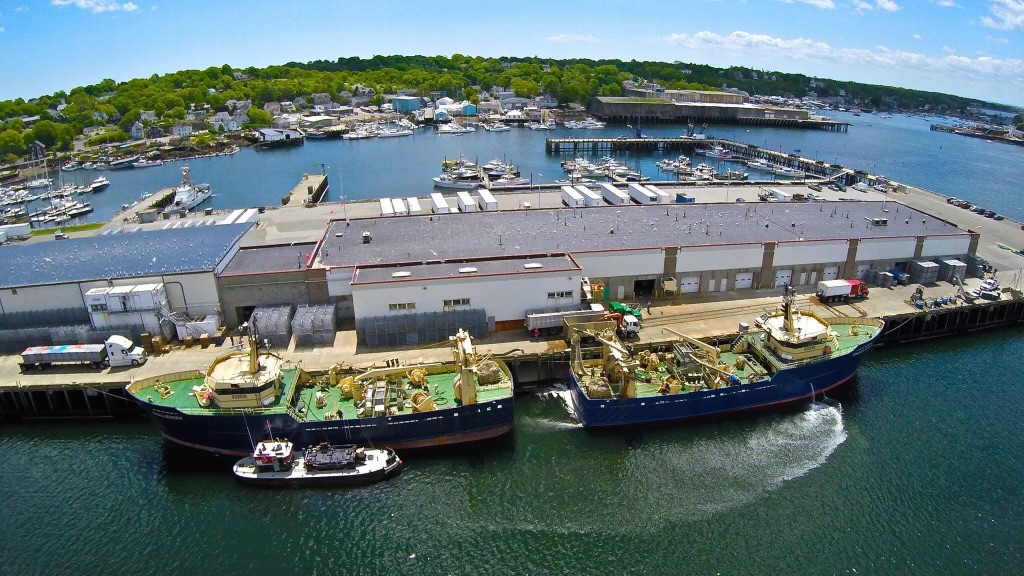April 21, 2022 — The New England inshore waters are effectively open again for midwater trawling, after the National Marine Fisheries Service decided not to enforce the exclusion zone struck down by a federal court ruling.
In a terse email advisory Thursday, NMFS officials said a March 29 order by U.S. District Court Judge Leo Sorokin now means the restricted area regulations – a key feature of Amendment 8 to the Atlantic Herring Fishery Management Plan – means “the inshore midwater trawl restricted area regulations are not in effect and will not be enforced.
“NOAA Fisheries retains its opportunity to seek review of the court’s vacatur order, including to seek a stay of the court’s vacatur order pending appeal, and is considering its options,” according to the agency statement.
Read the full story at National Fisherman


